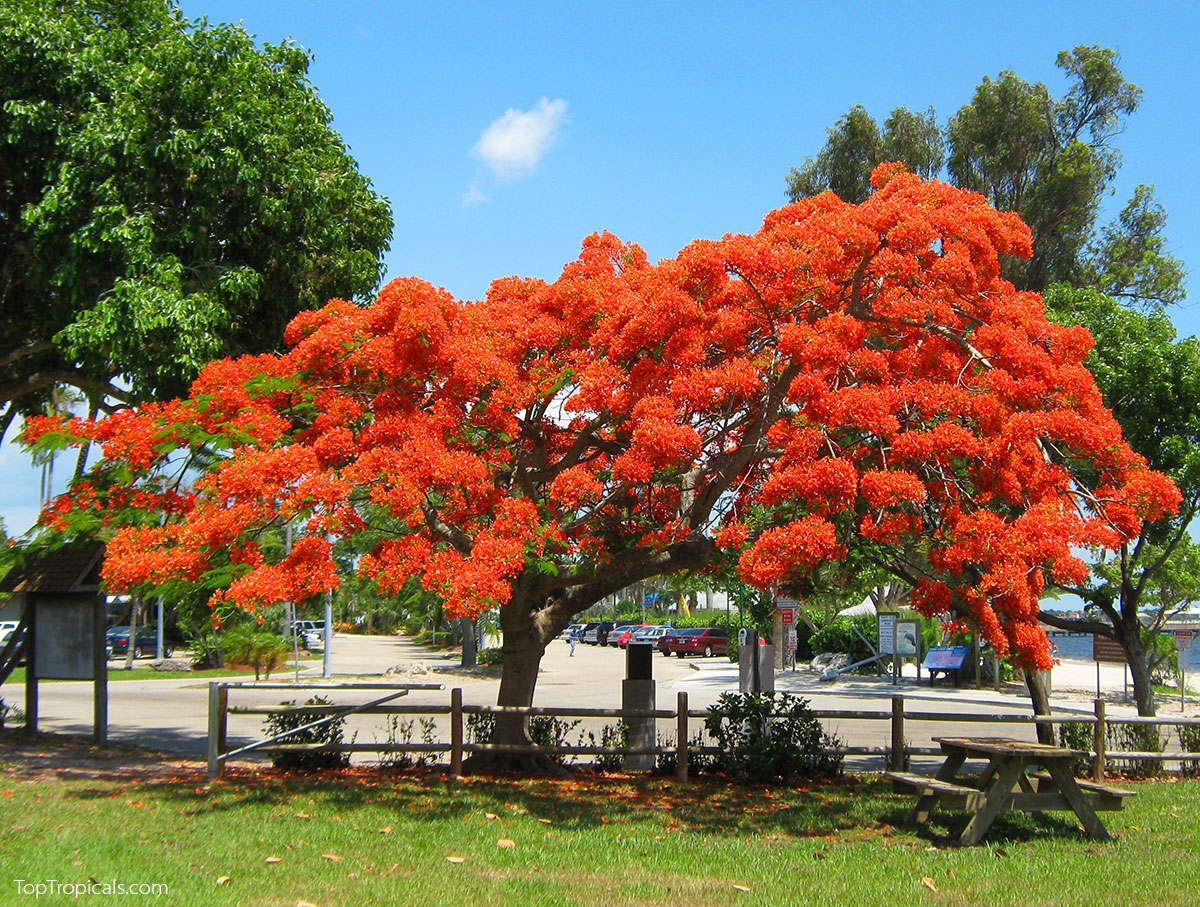⭐ The Winter Stars: 8 Flowering Trees That
Steal the Show
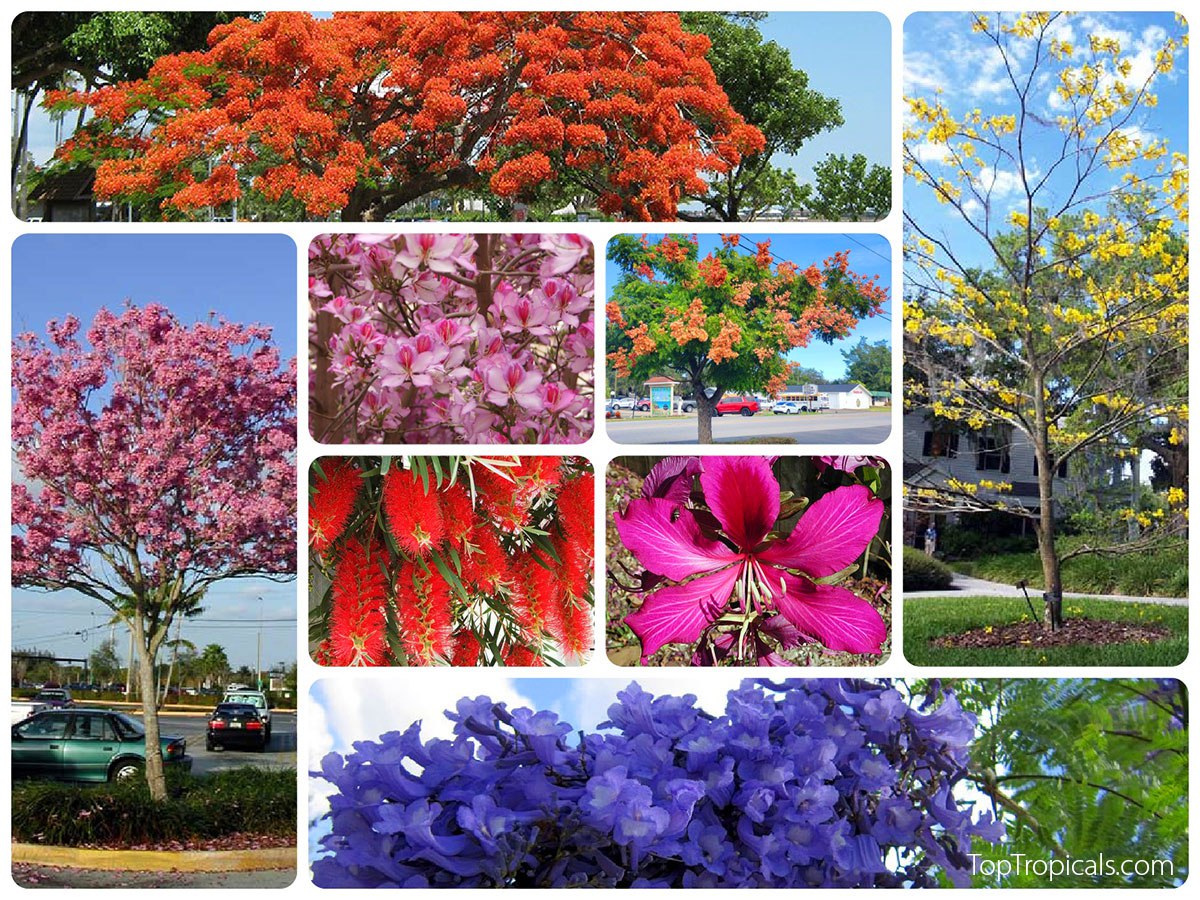
8 Best Flowering Trees That Bloom in Winter: Royal
Poinciana with red-orange canopy, Dwarf
Pink Tabebuia, Dwarf
Golden Tabebuia, Pink
Butterfly Orchid Tree, Golden Rain
Tree, Weeping Red
Bottlebrush, Hong
Kong Orchid Tree, and Jacaranda
with purple flowers.
Royal Poinciana (Delonix regia)
The diva of tropical trees. Huge red-orange flowers blanket the branches
from late winter through summer. If you’ve ever seen one in full
bloom, you know — it stops traffic.
Best in large yards or open spaces, but young ones do great in big pots for
a few years.
🛒 Shop
Tatiana: “If you want a tree that makes
people
say ‘wow,’ this is it.”
Tabebuia chrysotricha – Dwarf Golden Tabebuia
Small tree, big drama. It turns solid gold just before new leaves
appear.
Blooms while completely bare — a stunning contrast of yellow on brown
wood.
Perfect for patios, courtyards, and containers. Handles cool nights down to
the mid-20s F.
Bright, cheerful, and forgiving — the kind of tree that always looks
like it’s celebrating. 🛒
Shop
Tabebuia impetiginosa – Dwarf Pink Tabebuia (Pau
D’Arco)
The Florida “cherry blossom.” Pink-lavender flowers smother
the branches each winter, often before any leaves return.
Thrives in sandy soil, tolerates drought, and grows beautifully in large
planters or pots indoors near a sunny window.
Ideal for seasonal residents or anyone who wants color when everything else
is asleep. 🛒
Shop
Jacaranda mimosifolia
If color had music, this would be jazz.
Soft, fern-like leaves and cascades of violet-blue trumpet flowers —
airy, elegant, unforgettable.
Outdoors, it makes a graceful shade tree; in containers, it stays compact
with regular pruning.
Jacarandas reward patience — they bloom bigger each year. 🛒
Shop
Koelreuteria paniculata – Golden Rain Tree
A favorite for its surprises — golden blooms in summer, pink paper
lantern pods in fall, and bronze leaves before rest.
Fast-growing, tough, and easy. Loves full sun and moderate water.
Great for open lawns or patio tubs. The kind of tree that gives you
something new to look at every month. 🛒
Shop
Callistemon citrinus – Bottlebrush Tree
The hummingbird magnet.
Bright red, brush-shaped flowers bloom several times a year —
sometimes even in cool weather.
The dwarf form, ‘Little John,’ stays about 4 feet tall, perfect
for pots or small borders.
Trim lightly after flowering to keep it compact and colorful. 🛒
Shop
Tatiana: “If you’ve never grown a
tropical tree before — start here. It’s the friendliest
one.”
Bauhinia variegata – Pink Butterfly Tree
Graceful, fragrant, and forgiving.
Its pink-lavender orchid-like flowers open from late winter through spring,
filling the garden with color and pollinators.
It’s fast-growing, drought-tolerant, and excellent for both ground
and pots.
Even the buds are edible — a fun bonus for adventurous gardeners. 🛒
Shop
Bauhinia blakeana – Hong Kong Orchid Tree
The queen of them all.
Huge magenta-purple blooms that last for months, from fall through spring.
Fragrant, clean (no messy seed pods), and perfect for patios or large
decorative containers.
Give it sun, a little water, and it will reward you with bloom after bloom.
🛒 Shop
Tatiana: “It’s the one tree that never lets winter
win.”
A note on grafted Hong Kong Orchid Trees:
Most Hong Kong Orchid Trees are grafted, and that’s actually a big
advantage.
Because they don’t grow from seed, grafted plants mature faster and
begin blooming while still small — sometimes within the first year.
That makes them perfect for patio pots or small gardens where space is
limited.
Bringing the Tropics Home
Whether your garden faces the Gulf or your window faces the snow, these
trees let you live in color year-round.
Plant them outdoors in warm zones or grow them in pots indoors — they
adapt, they bloom, they brighten every corner.
Gardening isn’t about waiting for spring — it’s about
finding joy in every season.
And when a tree blooms in January, that joy feels twice as sweet.
🛒 Shop Winter Flowering Plants
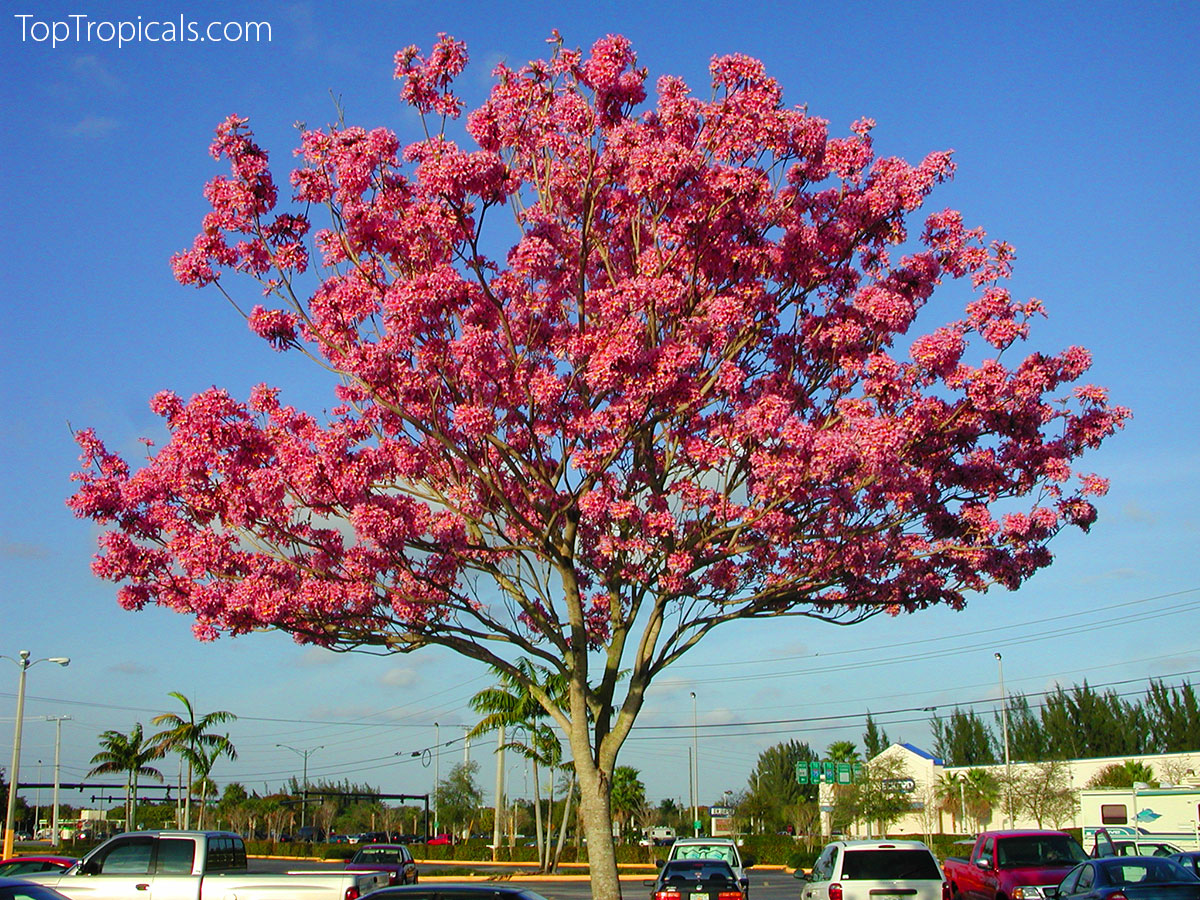
✍️ Winter Bloomer Q&A
Q: Can these trees really bloom indoors?
Yes! Smaller species like Bottlebrush ‘Little John,’ Dwarf
Tabebuias,
and many
Bauhinias bloom beautifully in pots with bright light or grow lamps.
Q: Do they lose their leaves in winter?
Some, like Tabebuias
and Jacarandas,
drop leaves right before blooming — it’s normal
and part of their charm. Others, like Bottlebrush,
stay evergreen.
Q: What fertilizer works best?
We use Sunshine
Boosters — gentle, balanced, and perfect for tropicals.
Feed every 2–3 weeks during active growth.
Q: How do I know when to water?
Touch the soil! If it’s dry an inch or two down, water deeply.
Overwatering is the main mistake with tropicals.
Q: Can they handle frost?
A quick dip into the upper 20s F is fine for most mature trees. Cover
young ones or move containers under shelter if colder.
Q: Which are best for beginners?
Start with Bottlebrush ‘Little John’ or Golden Tabebuia
— compact, colorful, and nearly foolproof.
Q: When will they bloom?
Usually within few years if they get enough sun and warmth. Grafted
plants blooms much sooner
Q: Which of these trees are best for pot
growing?
For patios, balconies, or indoor sunrooms, choose the compact or grafted
types:
🎥
Watch videos of Dwarf trees in bloom:
Dwarf Golden Tabebuia
Dwarf Pink Tabebuia
🛒 Shop Winter Flowering Plants
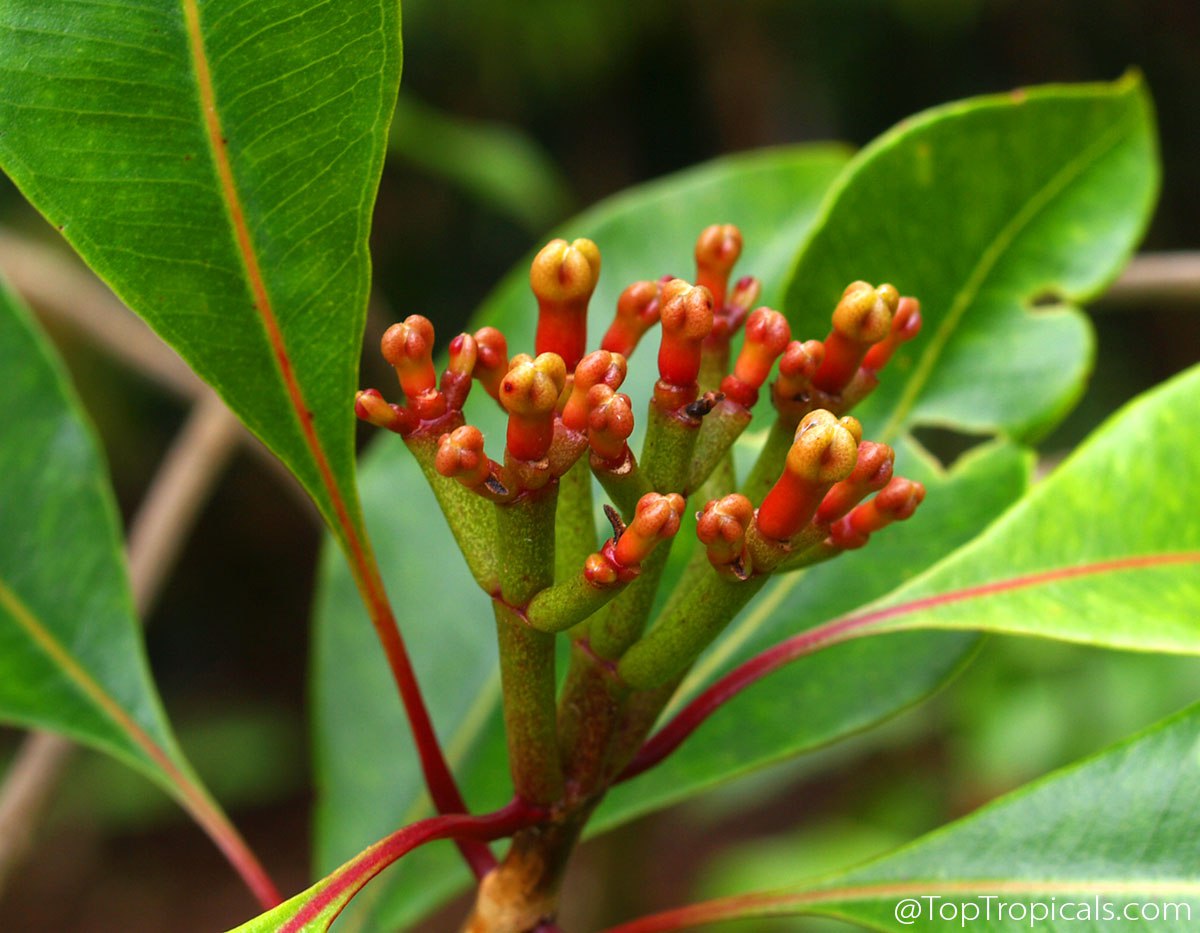
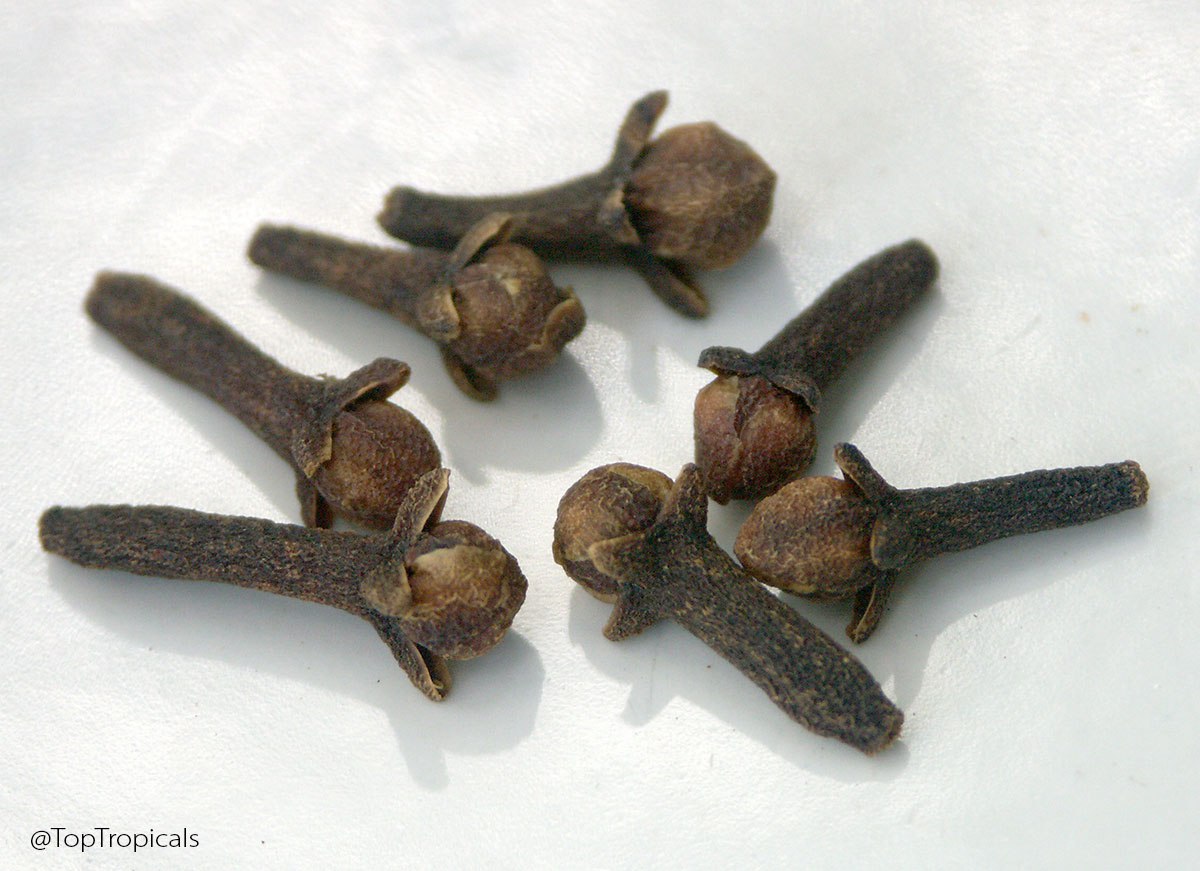
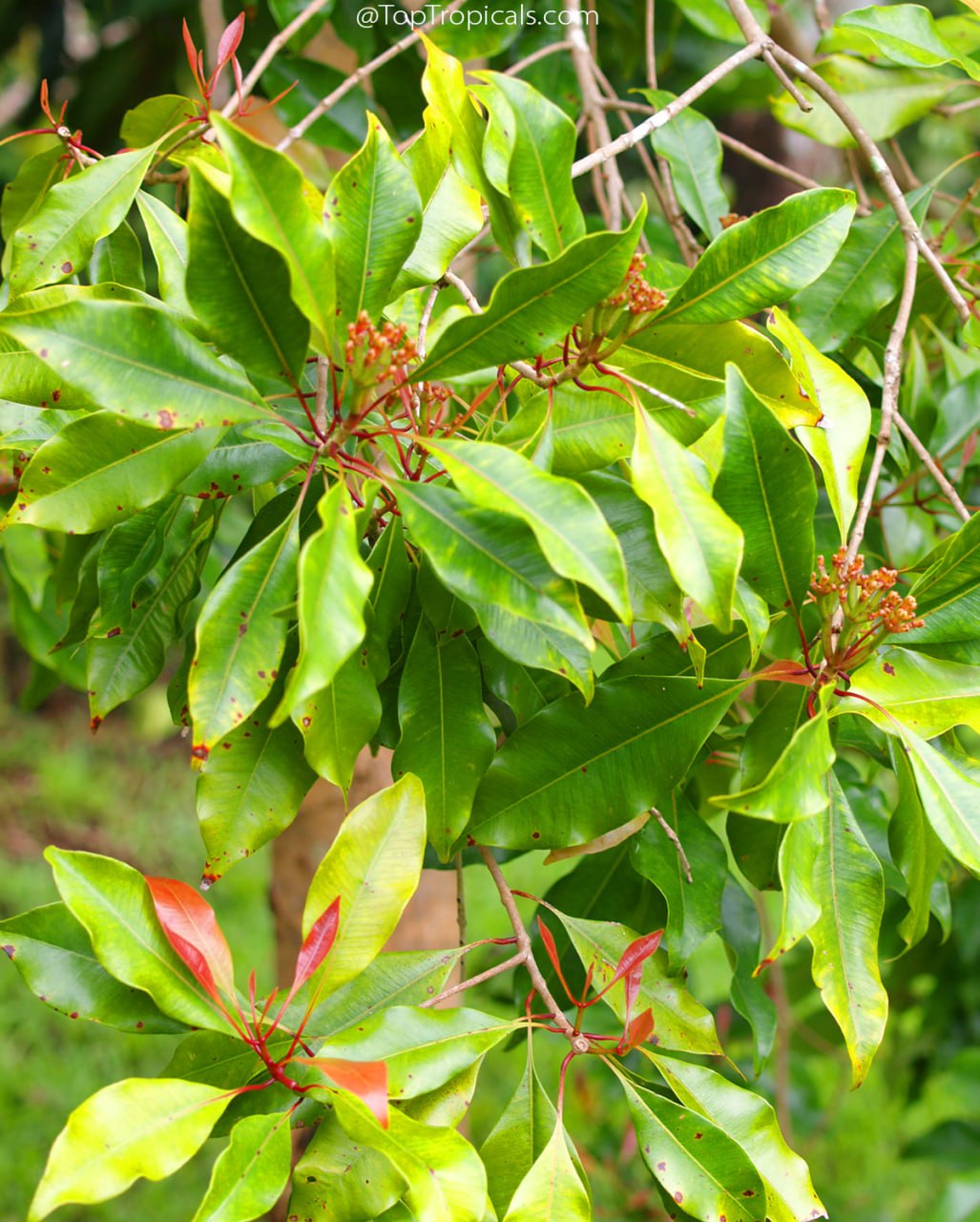
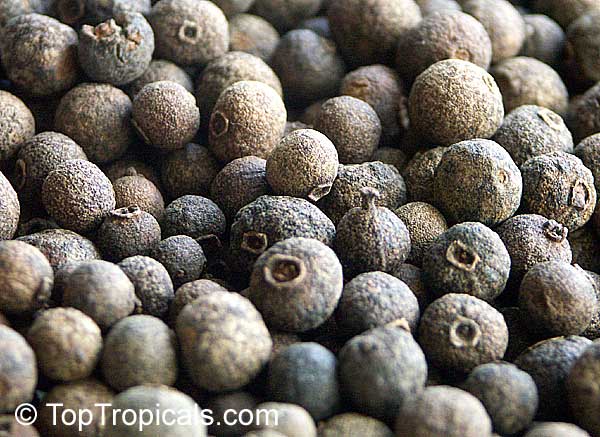
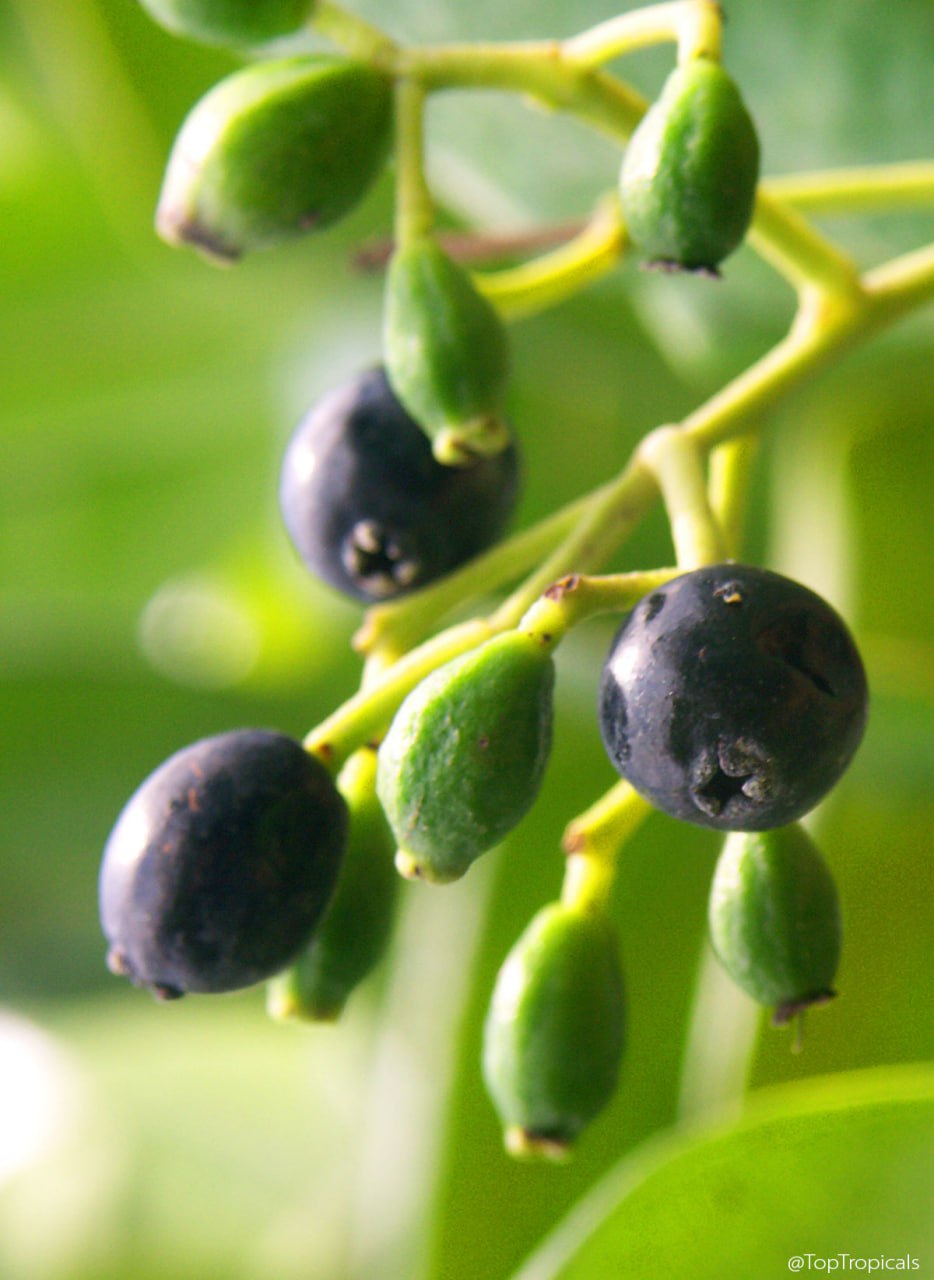


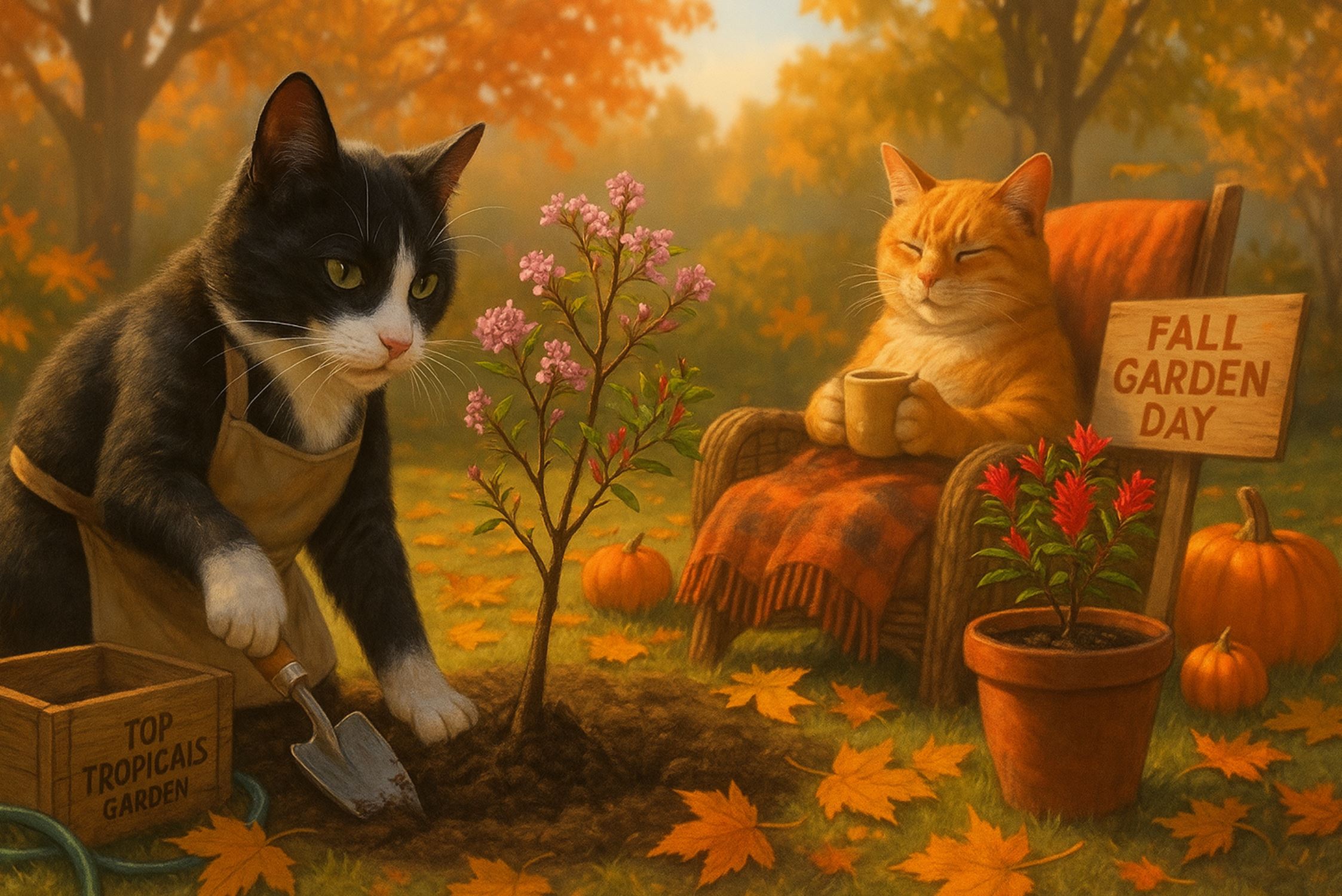
 How to Care for Winter-Flowering Trees
How to Care for Winter-Flowering Trees